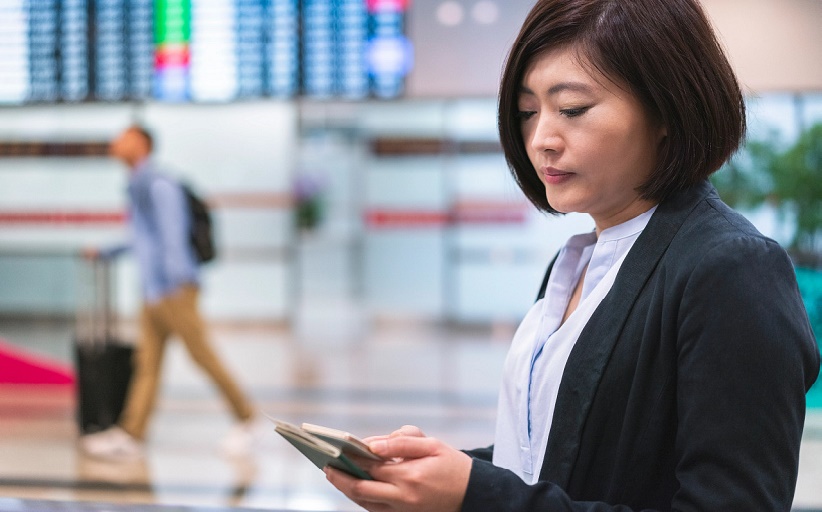First, a brief lesson on jet lag
Jet lag is a temporary sleep disorder that occurs when the body’s internal clock is out of sync with a new time zone. Jet lag “confuses” the human body, which may lead to a host of physical and mental discomforts. It can present as daytime sleepiness, insomnia, constipation, irritability, poor concentration and more. Jet lag is worse for travelers flying east because they “lose” time. Heading west extends the day, giving travelers more of an opportunity to wind down and adjust.
5 ways to help business travelers beat jet lag
Time flights strategically
In a BCD survey of 875 business travelers worldwide, 36% of respondents said lack of sleep/jet lag increased their stress during a business trip; after travelers return home, tiredness (37%) and jetlag (22%) increase their stress levels.
Try to book travelers’ arrival flights so that the local time at the destination is close to the time they’d normally wake up. Keeping close to the sleep/wake schedule gives travelers a chance to rest onboard. The downside is that they may have to leave home at an odd time of day. Alternatively, find flights that arrive just before bedtime – especially for the return flight home. If schedules and travel policy permits, offer your travelers an opportunity to arrive at the destination a day or so early.
Book the best possible class of service.
In that same BCD survey, Economy class for long-haul trips increased stress levels for 40% of respondents. While upgrades aren’t always possible, booking travelers in the best seat possible may help improve their wellbeing, potentially minimizing the fatigue they experience on arrival.
Layovers… if you can’t avoid them, make them easier.
Layovers are sometimes unavoidable. When you can’t get around them, choose delays that give travelers enough time to stretch, refresh themselves and find their next flight without rushing.
Make traveler wellbeing a priority.
Helping travelers fight jet lag can be just one component of an overall wellbeing practice in your travel program. Collaborate with internal stakeholders to explore ways to actively increase wellbeing support through your travel policy. That could mean mandating direct flights; limiting trip frequency; capping the number of days travelers are away from home; introducing more work-life balance benefits like extra time off; and adding health-oriented hotels to your supplier mix.
Help your travelers help themselves.
Share this list of actions business travelers can take to help ease jet lag.
- Start adjusting to new time zone ahead of trip – Several days before departure, shifting meals and bedtimes by an hour a day until they coincide with those at the upcoming destination can make it easier to adapt to change.
- Hydrate – Dehydration is one of the symptoms of jet lag, and dry airplane cabins don’t help. Drinking water and eating fruit throughout the flight won’t stop jet lag but will help make sure dehydration doesn’t compound fatigue.
- Moderate alcohol and coffee consumption – Altitude changes can quicken the effect of alcohol and worsen the symptoms of jet lag. Coffee provides a caffeine rush that may keep travelers awake and reduce total sleep time.
- Get outside –After arrival, exposure to fresh air and sunlight helps the brain adjust to new time zones.
- Move your body – Before, during and after flight, gentle exertion and stretching gets the blood circulating and eases the aches and stiffness caused by sitting in one position for extended periods.
- Eat well – Eat nutrient dense meals in proper portions to avoid indigestion or other stomach discomfort.
- Don’t shift time for short trips – For trips of 48 hours less, keeping a routine similar to the original zone can greatly reduce jet lag when back at home.
Checklist
How to beat jetlag: Help for business travelers


